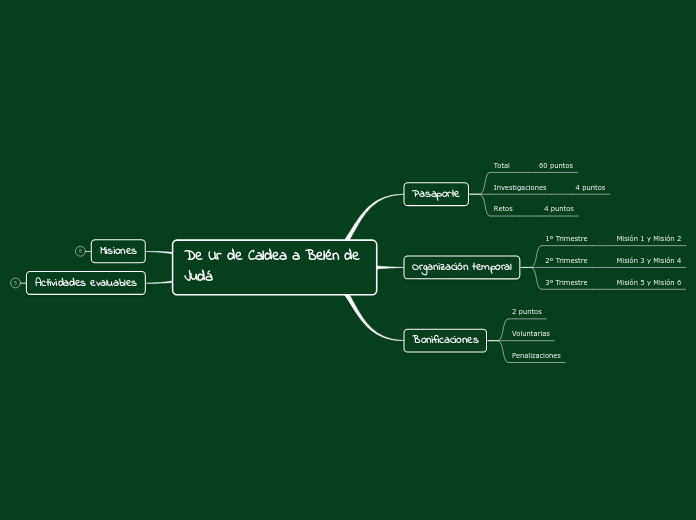по Javier Garcia Pérez 1 года назад
176
De Ur de Caldea a Belén de Judá

по Javier Garcia Pérez 1 года назад
176

Больше похоже на это
This ancient civilization of Northeastern Africa is one of the most spectacular of the ancient world. Find out more about the people of Ancient Egypt, their gods and goddesses, magical land, and daily life.
Egyptian Art has a major role in conveying the essential traits of this great civilization.
The Egyptian art portrays best what this civilization valued the most, what people looked like, how they dressed, the jobs they had, etc.
Symbolism played a very important role in Ancient Egypt art.
Type in various symbols highlighted in the Egyptian work of arts.
Meaning
What is the meaning of this symbol?
Example: red can symbolize vitality.
Periods in Ancient Egyptian art
Type in the 6 periods in the Egyptian art. Example: Old Kingdom (2680 BC-2258 BC) .
A 'pharaoh' was the supreme political and religious leader of the land. The word 'pharaoh' comes from Greek and it initially related to the designation of a royal residence.
Each pharaoh was usually the son or declared heir of the previous pharaoh, born of the Great Wife (pharaoh’s chief consort) or sometimes a lesser-ranked wife favored by the pharaoh.
Among the over 300 pharaohs in ancient Egypt, only a few of them succeeded to leave behind an eternal legacy.
Guess the Pharaoh
Type in the name of this important pharaoh and the period in which he ruled. Example: Ahmose I, 1570 - 1546 BC.
Add here information about the clothing Ancient Egyptian people wear.
Footwear in Ancient Egypt
Egyptians went barefoot most of the time, but on special occasions, they liked to wear sandals. Nevertheless, the materials from which the rich people and the poor ones made their sandals differed.

How did children in Ancient Egypt dress?
Type in a short description of the way the children in Ancient Egypt were dressed.
Clothing materials in Ancient Egypt
The hot summers and mild winters in Egypt favored light clothing made predominantly out of plant fibers.
Animals skins and feathers were sometimes worn by priests and pharaohs.
Type in several examples of clothing materials.
Ancient Egyptian Farming
One of the reasons for which this civilization was so successful was the fact that they used farming to produce their own food and cloth. The farmers grew their crops along the bank of the River Nile.
What animals did the Egyptians have?
Animals were very important to Egyptians both because they were a source of food and drink, and they helped the farmers with pulling the plow, eating unwanted crops, and trampling in the seeds. Type in several examples.
What crops did the Egyptians grow?
They grew all sorts of crops, but the most important was grain, from which they made bread, beer, and porridge. Type in various types of crops.